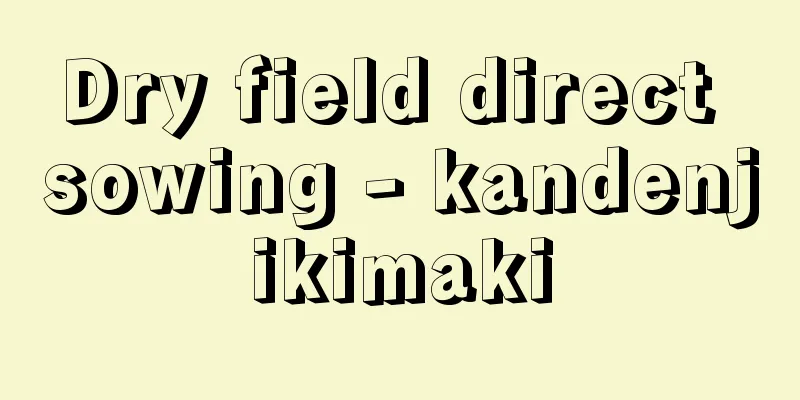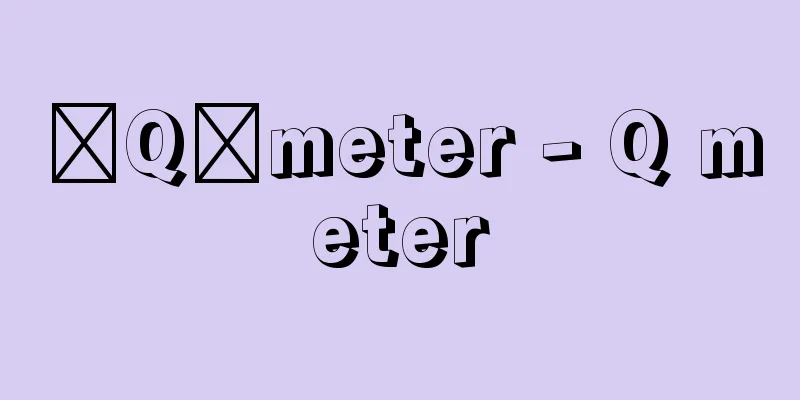Baby teeth - Nyuushi

|
In humans, teeth develop twice. The first ones to erupt are called baby teeth, also called deciduous teeth. There are 20 baby teeth, 10 on each of the upper and lower jaws, and in both upper and lower jaws, they are arranged from the front in the following order: baby central incisors, baby lateral incisors, baby canines, first baby molars, and second baby molars. Baby teeth begin to erupt around 6-8 months of age, and are complete in 2-3 years. They fall out one after another between the ages of 6-12 in the order of their eruption, and are replaced by their successive permanent teeth. The order and timing of eruption of baby teeth varies considerably from individual to individual, but generally, baby central incisors erupt at 8-10 months, baby lateral incisors at 11-13 months, first baby molars at 16-17 months, baby canines at 16-18 months, and second baby molars at 25-27 months. Except for baby canines, the teeth erupt from the front to the back. In addition, among teeth with the same name, the lower teeth precede the upper teeth. Deciduous teeth have the following common characteristics: (1) In principle, baby teeth are very similar to their respective permanent successors, but they are smaller in size and have a primitive shape. (2) Baby teeth are lost due to root resorption with age. This is thought to be due to the need for larger and stronger teeth as the baby teeth are replaced by permanent teeth, and also due to the individual's growth (especially the growth of the jaw and dental function). Teeth are replaced first at about 6 years of age, when the first molars erupt at the back of the baby dentition, and then the baby teeth at the front are replaced one after another. (3) Baby teeth are susceptible to caries, which progresses quickly. Children are not able to adequately clean their mouths or self-clean, and they also tend to prefer carbohydrate foods and frequently consume highly sticky foods. Furthermore, baby teeth are more susceptible to caries than permanent teeth because their mineral crystals are smaller, they react more easily to chemicals, they contain more organic matter, and they have poor acid resistance. (4) In primary teeth, the pain caused by the progression of caries is relatively small, and inflammation can spread to the entire pulp or the tissues around the root tip before you notice it. Until the permanent teeth erupt, baby teeth play an important role as chewing organs in the development of children. Therefore, if this chewing function is impaired, it will have a negative impact on maxillofacial development. Baby teeth are also important as precursors for the correct eruption of permanent teeth. Decay or early loss of baby teeth can lead to abnormal eruption positions of permanent teeth, forming the basis of malocclusion. Furthermore, apical lesions that occur secondary to caries in baby teeth can cause disorders in the formation of permanent teeth. Baby teeth also play a major role in the formation of speech and mental development. [Masayuki Yazaki] [Reference] |The diagram shows the dentition in the upper jaw . ©Shogakukan Primary and permanent teeth Source: Shogakukan Encyclopedia Nipponica About Encyclopedia Nipponica Information | Legend |
|
ヒトでは、2回歯が発生する。初めに生えるものを乳歯といい、脱落歯ともよばれる。乳歯は上下顎(がく)に10歯ずつ、合計20歯あり、上下顎とも、前から乳中切歯、乳側切歯、乳犬歯、第一乳臼歯(にゅうきゅうし)、第二乳臼歯の順に配列している。乳歯は生後6~8か月ごろより生え始めて、2年ないし3年で生えそろうが、その萌出(ほうしゅつ)の順に6~12歳の間に相次いで抜け落ち、後継永久歯と交換する。乳歯の萌出順序および時期はかなり個体差があるが、一般的には、乳中切歯8~10か月、乳側切歯11~13か月、第一乳臼歯16~17か月、乳犬歯16~18か月、第二乳臼歯25~27か月であり、乳犬歯を除き、前方の歯から後方の歯へと順次萌出する。また、同名歯間では下顎歯が上顎歯に先行する。乳歯には次のような共通する特徴がある。 (1)乳歯は、原則的にはそれぞれの後継永久歯とよく似ているが、大きさは小さく、原始的な形態を備えている。 (2)年齢に伴う歯根の吸収によって乳歯は脱落する。これは乳歯と永久歯の交換のためであると同時に、個体の成長(とくにあごの大きさや歯の機能の成長)とともに、より大きく、より強靭(きょうじん)な歯を備える必要に迫られるためと思われる。歯の交換は、まず生後約6年で乳歯列後方に第一大臼歯が萌出し、このあと、前のほうの乳歯から次々と交換していく。 (3)乳歯は、う蝕(しょく)(むし歯)にかかりやすく、その進行も速い。小児は口腔(こうくう)清掃や自浄作用が十分に行えないうえ、糖質の食品を好み、しかも粘着性の高いものを頻繁に摂取する傾向がある。さらに、乳歯は、永久歯に比べて無機質の結晶が小さく、化学薬剤に反応しやすい、有機質の含有量が多く、耐酸性が劣るなどの歯質であるため、う蝕にかかりやすいわけである。 (4)乳歯では、う蝕の進行による痛みは比較的少なく、気づかないうちに歯髄(しずい)全体、または根尖(こんせん)周囲組織にまで炎症が広がってしまう。 乳歯は、永久歯萌出までの間は、そしゃく器官として小児の発育のために重要な役割をもっている。したがって、このそしゃく機能が障害されると、顎顔面の発育に悪影響を及ぼすこととなる。また、乳歯は永久歯の正しい萌出のための前駆的な存在としてたいせつである。乳歯のう蝕や早期喪失は、永久歯の萌出位置の異常を招き、歯列不正の基となる。さらには、乳歯のう蝕に継発する根尖病巣が、永久歯の形成障害をきたすこともある。このほか、乳歯は発音の構成や精神発達のうえにも大きな役割を果たしている。 [矢﨑正之] [参照項目] |図は上顎における歯列を示す©Shogakukan"> 乳歯と永久歯の歯列 出典 小学館 日本大百科全書(ニッポニカ)日本大百科全書(ニッポニカ)について 情報 | 凡例 |
<<: Malnutritional disease of the suckling infant
Recommend
Xingzhou Kiln (English name)
A kiln and its porcelain believed to have been loc...
Ushiro Tateyama Mountain Range - Ushiro Tateyama Mountain Range
A mountain range in the Hida Mountains that stretc...
Alost - Alost
The French name for the city of Aalst in northwest...
Kaito Tsuho
A copper coin from the Goryeo Dynasty in Korea. Th...
Petavius, D. (English spelling) PetaviusD
…However, the Christian era, which is now common ...
Raw coal
…Coal as mined (run-of-mine coal, raw coal) is ge...
Ingrid Bergman
A Swedish actress. Born in Stockholm, she graduat...
Collarbone - Collarbone
A pair of long bones that connect the acromion en...
Aimores [Mountains] - Aimores
…The coastal mountain range Serra do Mar, which s...
Tyndall phenomena
There are many books that refer to this phenomenon...
building
〘noun〙 (building)⸨biruingu⸩ A medium- to high-rise...
she-tamana (English spelling)
...The "momo" in Momotamana means peach...
Enshu style stone axe
...There are also fishing weights (stone weights)...
Jukoin Temple
This is a subtemple of the Rinzai sect of Buddhism...
Kanegafuchi Spinning Shinmachi Factory
...During the Edo period, it was a post town on t...


![Artaxerxes [II] - Artaxerxes](/upload/images/67cade3f8225f.webp)






